Even though they only connect two buildings in a practical sense, Prague’s new footbridges can also be construed as a passage between past and present, and they even include chemistry references on top, given their location, the building complex of the University of Chemistry and Technology.
Antonín Engel, the architect designing the University of Chemistry and Technology in Prague planned to connect the two buildings of the campus with a pedestrian bridge in 1936. The robust brick bridge divided with arches was never completed, and the institution announced a call for designing the footbridges in 2017.

The team of Czech architect studio OV-A was announced as the winner of the call, known for complementing historical buildings with contemporary elements in their work. They did the very same thing here: the architects designed the bridge to fit between the points determined by Engel, but imagined them to meet the aesthetics and technology of the 21st century.
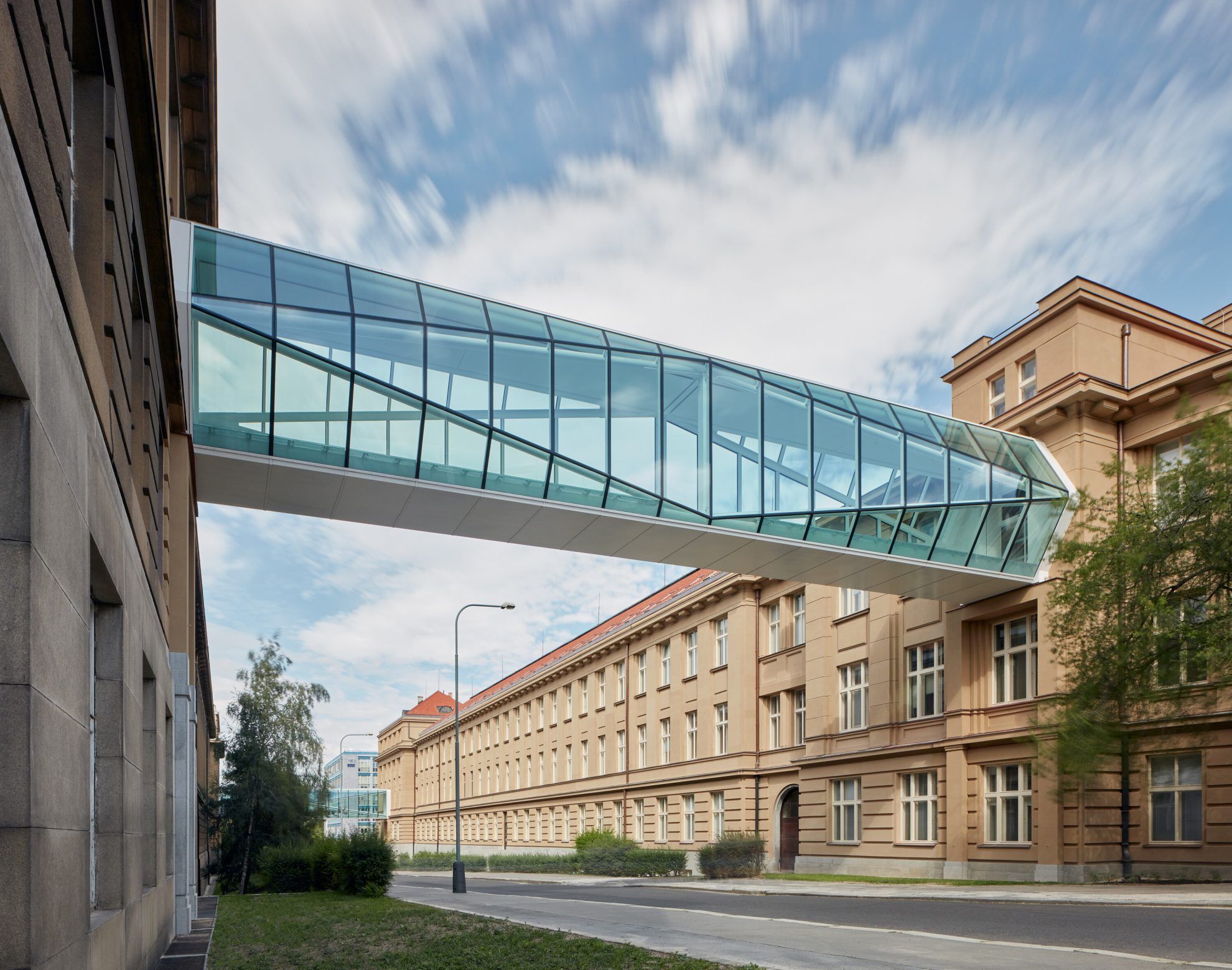
The two 24-meter-long glass bridges divided with steel pipes may remind laymen of the form of crystals, however, most likely the students of the university know exactly that the pattern is a reference to the benzene nucleus.
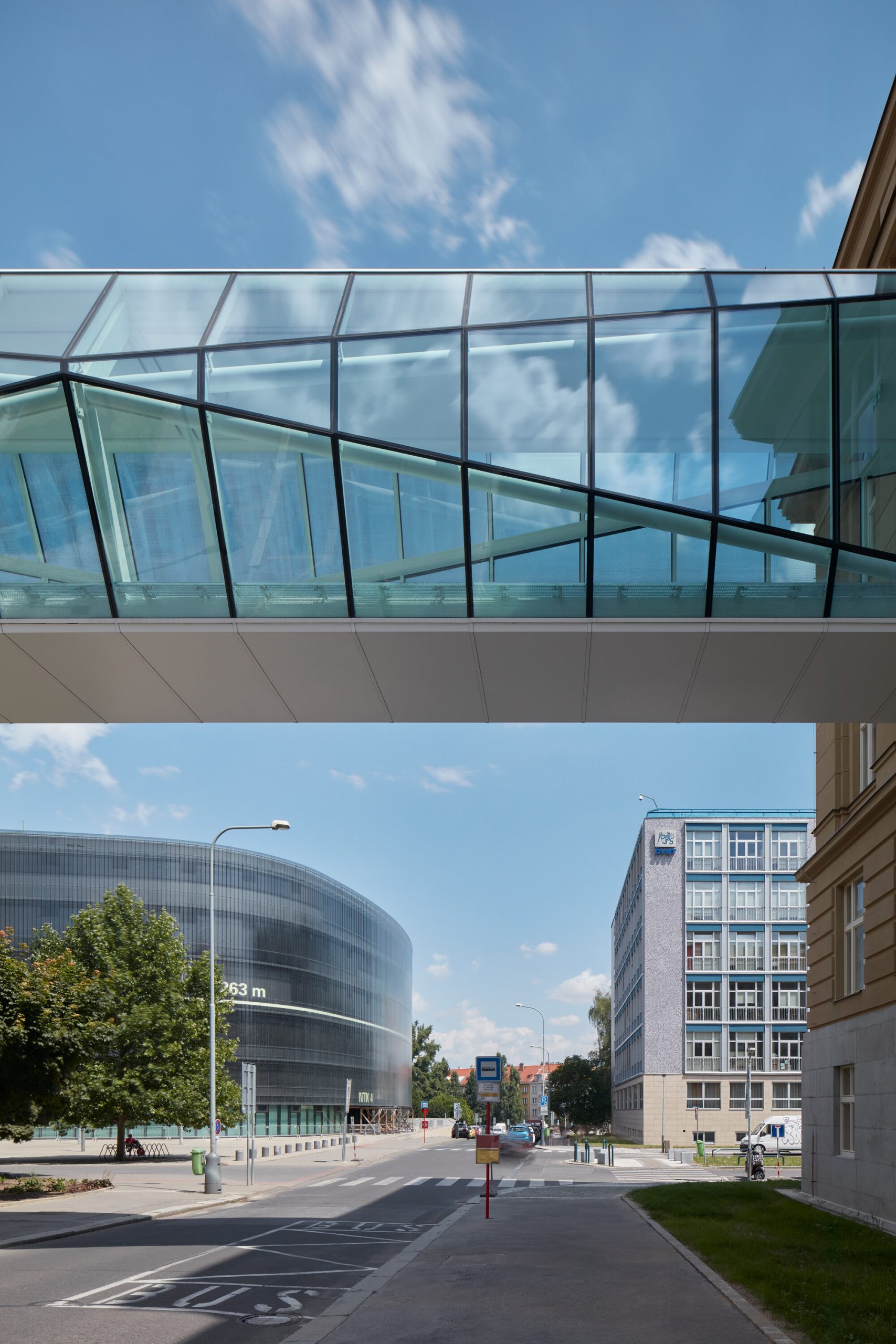

The bridge structure is formed of a simple girder placed on two reinforced concrete pillars, attached to the existing buildings hidden under the façade, thus they almost seem is if they were floating. Thermal insulation is ensured by double glazing, as well as the ceiling of the bridges, which, in addition to strengthening the structure, also prevents it from overheating.

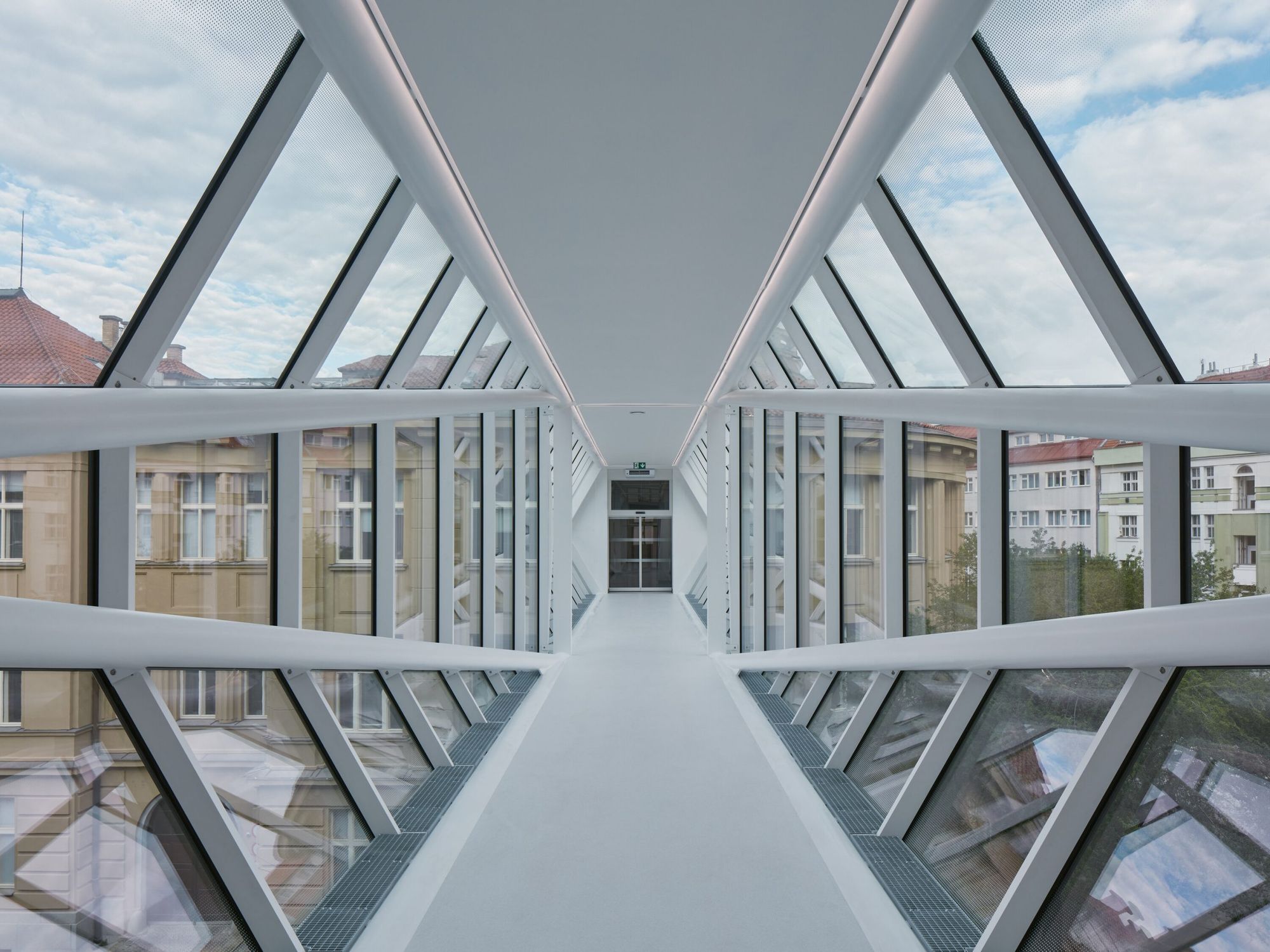
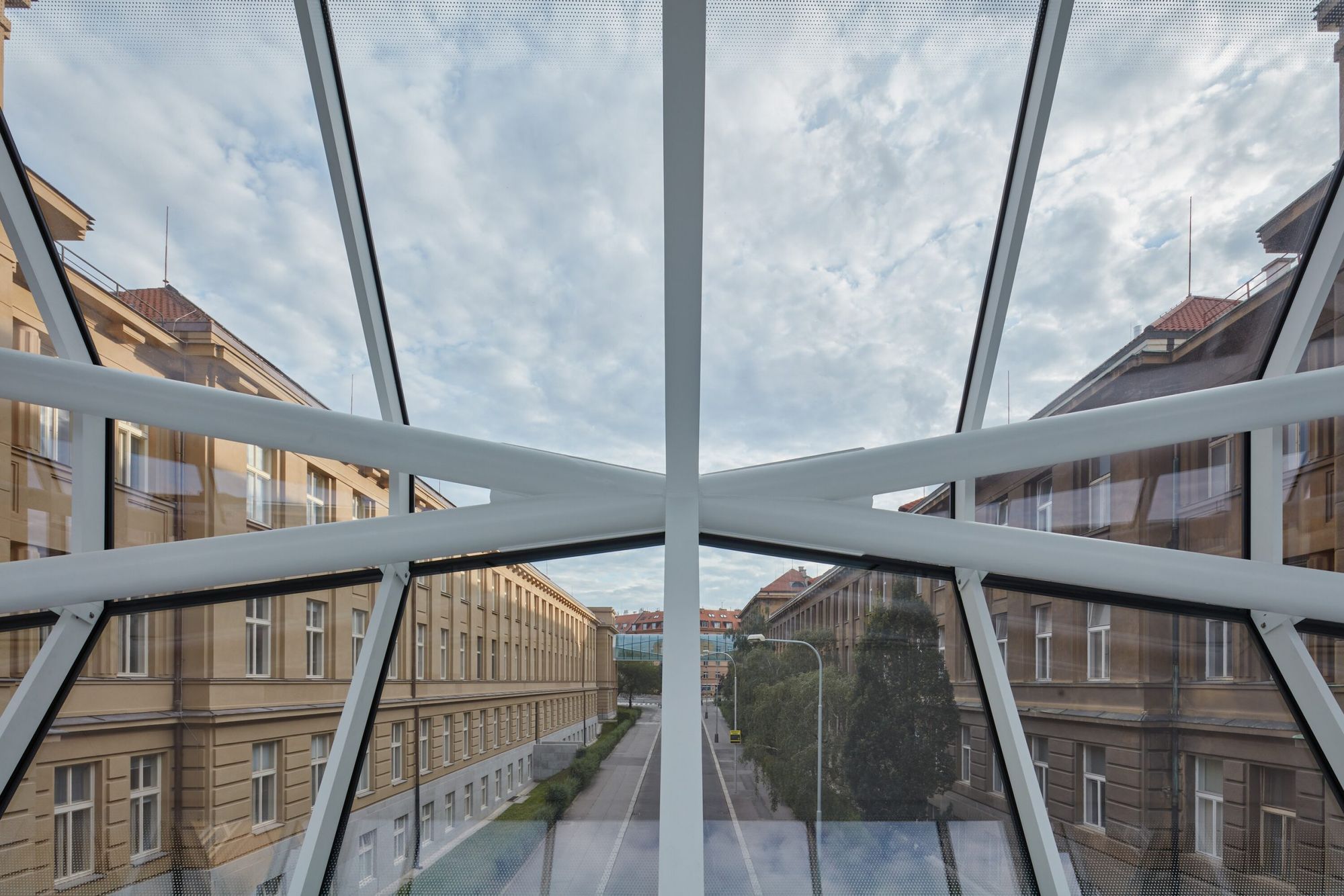
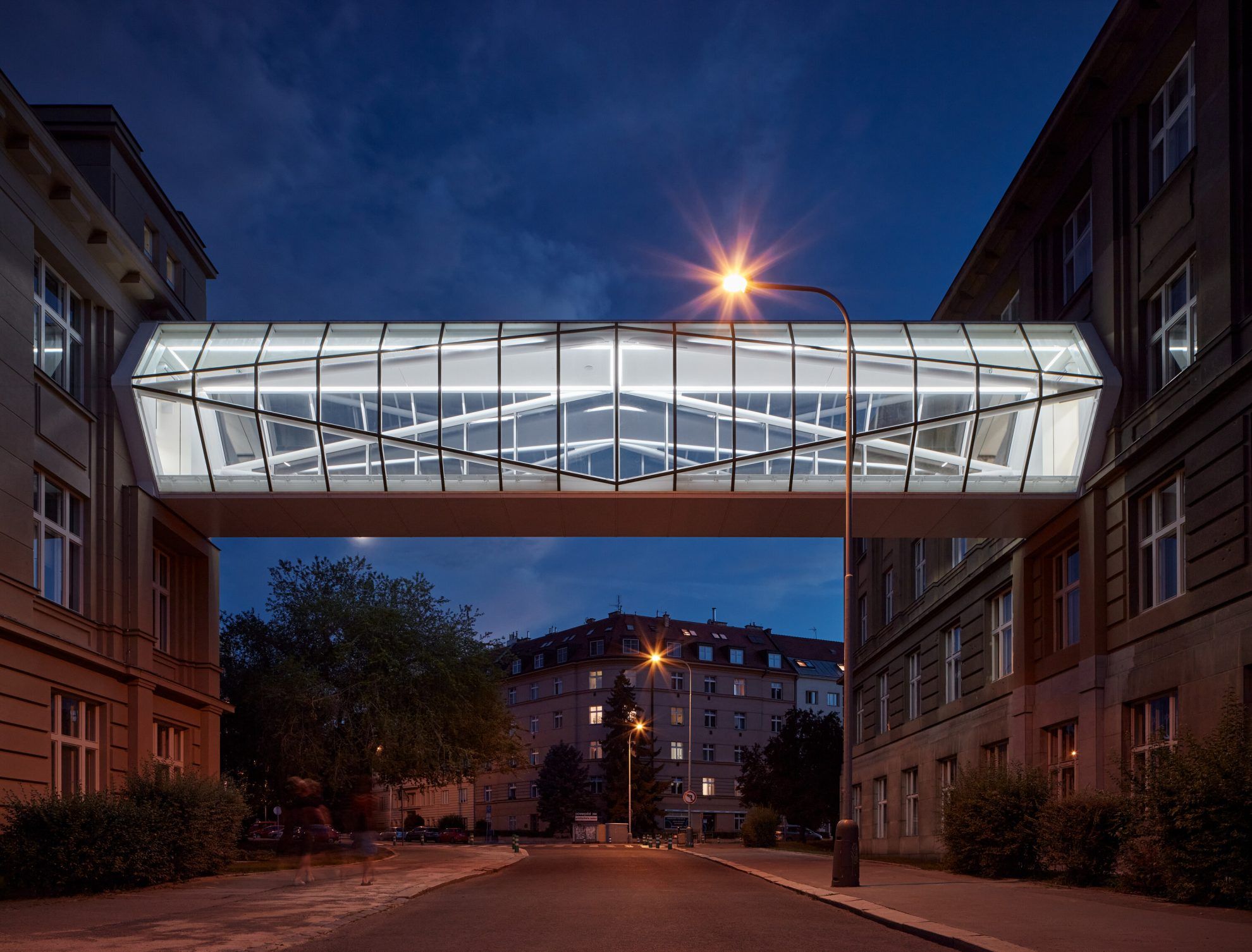
OV-A studio | Web | Facebook | Instagram

The name goes, pins stay | POPpins continues under the name OLOVKA Studio
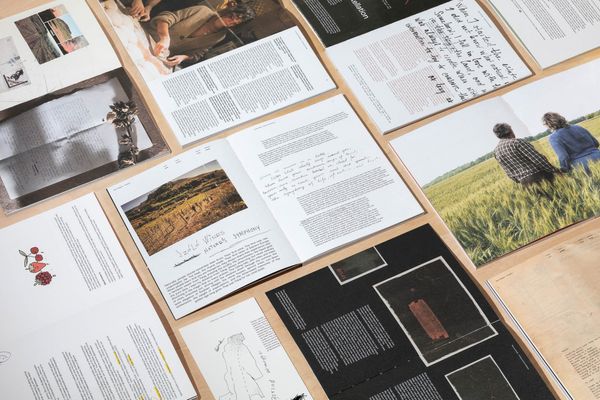
Stories from Eastern Europe | Natúr magazine










